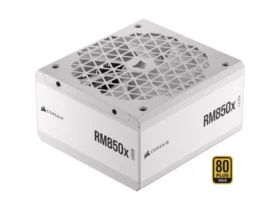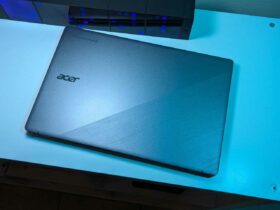Choosing the best notebook to study is not easy, there are many models on the market that offer various levels of performance, it is also important to understand what type of use it is intended for, in order to identify the ideal product
I notebook for students they must have some features precise that allow you to effectively replace a desktop computer to run any type of program and better manage all the resources needed during the study.
Let’s find out what features the best student notebook must have, to ensure portability, usability even in distance learning and good performance.
Dimensions
Before deciding on any other factor, you need to understand how big the notebook should be, even in relation to screen size.
The smaller the screen, the lighter and easier the laptop is to carry, however, a PC that is too small can become uncomfortable to use. Different screen sizes are available, the most common are 11 to 12 inches, 13 or 14 inches, 15 inches and 17 or 18 inches.
15-inch notebooks are the most popular format, but they can be heavy and bulky, the right compromise is found in 13 or 14 inch notebook, which offer the best balance between portability and usability.
Hardware specifications of the best notebook for studying
Hardware is represented by all components of the computer, in particular by CPU, internal disk, RAM and graphics card. The choice must be made based on what you plan to do with the notebook.
On the informarea website there are several examples of low-cost performing notebooks ideal for less demanding students, but also advice for more top-of-the-range solutions.
Generally notebooks with Intel Atom and Intel Celeron processors they are the least expensive, they are good for browsing and writing documents, but they are not good for games or more complex software. Intel X86 processors ensure longer battery life. Intel processors are the best, above all, the series Intel Core i3, i5 e i7, also to be taken into consideration AMD Ryzen that combine computing power, integrated GPU and energy saving.
Most modern processors have the integrated video card within them, sufficient to withstand graphic effects of the system, 3D accelerations in the browsers and software used for the study.
As for the RAM, we recommend preferring the notebook with 8 GB, which allow you to manage heavy and more complex software, while the maximum performance is reached with 16 GB of RAM.
For the internal disc, point to a notebook with SSD, much faster than a mechanical disk, with a drive of at least 200GB.
In addition to the screen size, resolution is important, especially if you need to use video editing software for the studio. Most traditional notebooks have resolution 1366 × 768 pixels which should be fine for use in schools and universities, alternatively you can focus on a resolution of 1600 × 900 pixels or 19200 × 1080 pixels. THE top of the range laptops they are equipped with a screen with LED backlight and anti-glare IPS and resolution up to 4K.
Of course, it is also important to check that all ports and connections are there: at least 2 USB 3.0 or later, the Ethernet port, an HDMI port, Dual band Wi-Fi connection and Bluetooth.
Battery life
The battery life it is an important factor for a notebook and affects its portability. If you are a student who spends a lot of time around and away from electrical outlets, you will have to focus on notebooks with an autonomy of no less than 4 hours.
Some models even manage to get to 13 hours of autonomy, we are talking about the most modern ultrabooks with optimized processors, an expensive but necessary choice if you consider battery life one of the fundamental characteristics for your new notebook.















